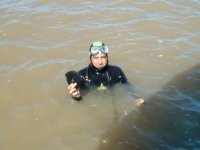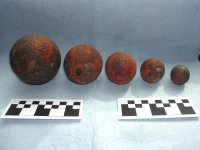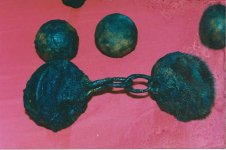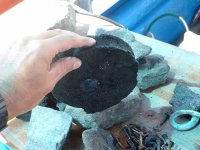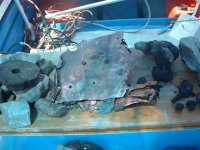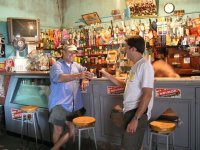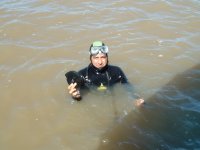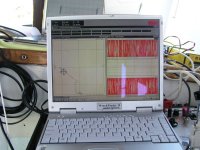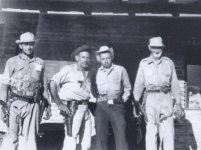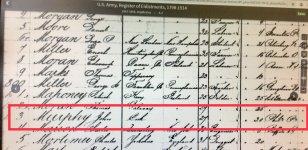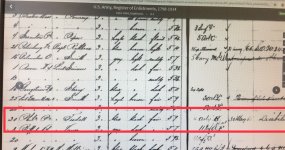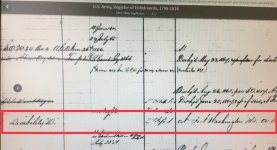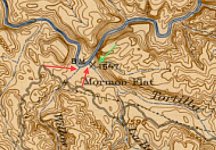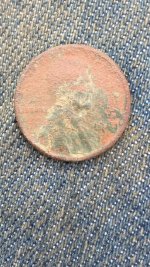HPardo
Greenie
Jesuits expulsion and their treasures.
Hey, Mike!!! You're right!
In fact, it is my fault not to publish all the documents.
It is my research and I don't wish to publish all.
Posterior, in the wreck documents, the skipper declares the sum I said.
As you probably know, the statements of the lost cargo change from the very first declaration until the final account. That is because the contrabando that they carried onboard. It happens in all shipwrecks with treasure.
In the other hand, keep on mind that I have no intention to cheat about the real sum of the treasure. It has not sense. At least, to me. But I have to say that I didnt' realize that my post will take such attention. Thank you for read my post and analize the document. It is a hard job read old spanish. As I wrote to other fellow of you, hope that you can forgive my English.
My best,
Horacio Pardo
Hey Kanacki,
Did you read the actual document. Either the translator left a LOT out, or they translated the numbers all wrong. Go to the name "Bernardo Rodriguez", then look at the first count: "Dos ciento ochenta y quatro zurrones de a dos mil pesos cada uno". That translates to "284 bags of 2000 pesos each". In the translation, the number translated is "623,211 pesos". The math doesn't add up. Even if you do the math from my translation, it adds up to 568,000 pesos (284x2000).
or maybe they just added up everything on the page. Too much for me right now. At least its Cortesana and not Chainscript LOL.
Mike
Hey, Mike!!! You're right!
In fact, it is my fault not to publish all the documents.
It is my research and I don't wish to publish all.
Posterior, in the wreck documents, the skipper declares the sum I said.
"(...) On April 14, 1770, the following day, Don Salvador Moreno y La Corte, sailing master of the Spanish frigate called "Nuestra Sra. de la Concepción y San Nicolás de Bari" alias "La Felicidad"; who was also onboard "La Gamela", appeared before the authorities of Montevideo and stated: (...) Bernardo Rodríguez, with the registry of silver and gold, in amount of six hundred and twenty-three thousand two hundred and eleven pesos five and three real quarters of silver minted, seventeen one thousand eight hundred and twenty-three gold pesos, all in two hundred and eighty-eight bags; sixty-four sacks of vicuña wool and others that consisted on books; sailing with the destination of this port of Montevideo to transfer his cargo to the mentioned ship, and having arrived on the thirteenth day of the same month, he touched the aforementioned boat (… exact location) where it was lost, (...)"
As you probably know, the statements of the lost cargo change from the very first declaration until the final account. That is because the contrabando that they carried onboard. It happens in all shipwrecks with treasure.
In the other hand, keep on mind that I have no intention to cheat about the real sum of the treasure. It has not sense. At least, to me. But I have to say that I didnt' realize that my post will take such attention. Thank you for read my post and analize the document. It is a hard job read old spanish. As I wrote to other fellow of you, hope that you can forgive my English.
My best,
Horacio Pardo


